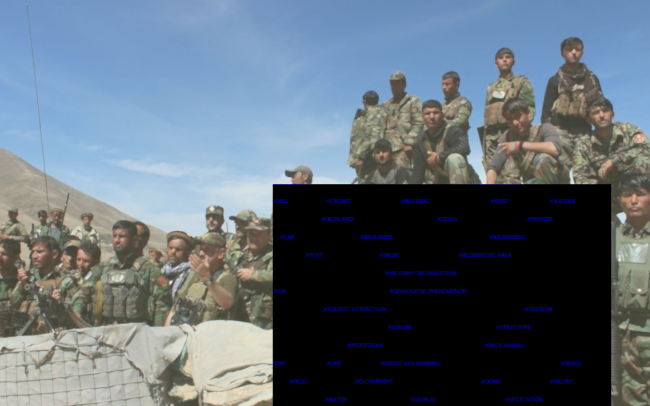Howdy, Stranger!
We are about to switch to a new forum software. Until then we have removed the registration on this forum.
Categories
- All Categories 25.7K
- Announcements & Guidelines 13
- Common Questions 30
- Using Processing 22.1K
- Programming Questions 12.2K
- Questions about Code 6.4K
- How To... 4.2K
- Hello Processing 72
- GLSL / Shaders 292
- Library Questions 4K
- Hardware, Integration & Other Languages 2.7K
- Kinect 668
- Arduino 1K
- Raspberry PI 188
- Questions about Modes 2K
- Android Mode 1.3K
- JavaScript Mode 413
- Python Mode 205
- Questions about Tools 100
- Espanol 5
- Developing Processing 548
- Create & Announce Libraries 211
- Create & Announce Modes 19
- Create & Announce Tools 29
- Summer of Code 2018 93
- Rails Girls Summer of Code 2017 3
- Summer of Code 2017 49
- Summer of Code 2016 4
- Summer of Code 2015 40
- Summer of Code 2014 22
- p5.js 1.6K
- p5.js Programming Questions 947
- p5.js Library Questions 315
- p5.js Development Questions 31
- General 1.4K
- Events & Opportunities 288
- General Discussion 365
masking PGraphics with PGraphics creates background where it's supposed to be transparent
I'm trying to mask one PGraphics (that has text) with another (shape) and show the masked text over the "regular" canvas that's showing images.
The masked area becomes entirely opaque (the black rect). I would have used blending mode but I'm not using 100% white or black text.

I've looked here: https://forum.processing.org/two/discussion/23886/masking-a-shape-with-another-shape
but I see that also that has similar behavior.
here's the masked pgraphics:
mask = createGraphics(width, height);
pg = createGraphics(width, height);
for (int x=0; x< labels.length/2; x++){
pg.beginDraw();
pg.fill(0,0,255);
pg.text("#"+labels[x].labelText.toUpperCase(), labels[x].xLoc, labels[x].yLoc);
pg.endDraw();
}
here's the code for the masking:
mask.beginDraw();
mask.clear();
mask.fill(255);
mask.noStroke();
mask.rect(random(0,width/2), random(0,height/2), random(width/2, width), random(height/2, height));
mask.endDraw();
pg.mask(mask);
image(pg, 0, 0);
Tagged:

Answers
can you print mask.format? i've a feeling it's not rgba, just rgb
runnable examples are better...
@koogs mask.format print returned "2"
also manually changing both PGraphics.format to either 0,1,2 made no impact.
Are you doing this in setup()? Remove
mask.clear();and see if it works. If you provide an mcve, I will be glad to help further.Kf
here I made one custom:
what are we seeing? what are we meant to be seeing?
In this sample code I'm trying to get masked red text on white background. But the area that's supposed to be unmasked gets a black background. Assuming that the background for the text pgraphics should be transparent so any image on the regular canvas could be seen.
I don't understand your mask. If you want to write red text on your picture, wouldn't you just draw your picture and then write the text on top of it? No need for masks.
Maybe I am misunderstanding your concept. You want to draw an image, set a rectangle covering that image so the image is hidden. Then you write text in the rectangle. You want to see the image through your text printings over the rectangle?
Kf
This is a code that demonstrate the second concept above. Check this for reference: https://processing.org/reference/PImage_mask_.html
Kf
Sorry if I wasn't clear I wish to mask the text layer with rectangles, so only a portion of the text will appear but the background behind the text would be 100% visible.
In the following example (photoshop) I've created text and masked parts of it, I wish to achieve a similar result. When I try to do the same in processing it creates a black background wherever the the mask pgraphic has pixels.
Sounds like you want to copy a rectangular piece of a partially transparent layer over the top of another layer. ???
Will copy() work? There's a version where you can specify the source image and the location and size of the bit you want to copy.
this creates a text layer full of red numbers on a transparent background and then copies a rectangular section of that onto the grey background.
press mouse to redraw
note that the numbers do not move, but you can only see the ones within the random rectangle.
My attempt using JAVA2D renderer instead of P2D, extending from @koogs. There is only one small difference when calling the
copy()function.Kf
I think you need to use the same position for both the source and the destination so the text layer is always aligned with the background. The bit of the text layer you see is different each time but the text is always in the same absolute position.
oh wow, this is exactly what I needed how come the regular .mask() didn't behave this way and regarded the masked layer's original alpha values of the visible area?